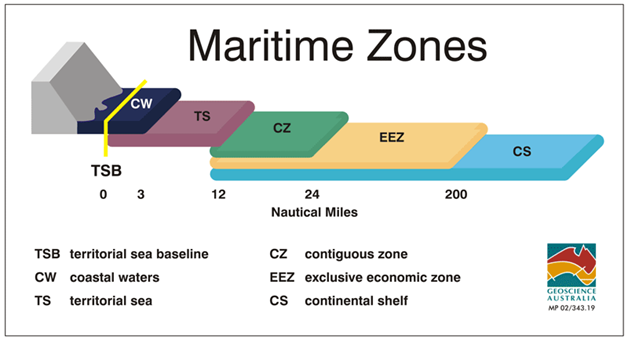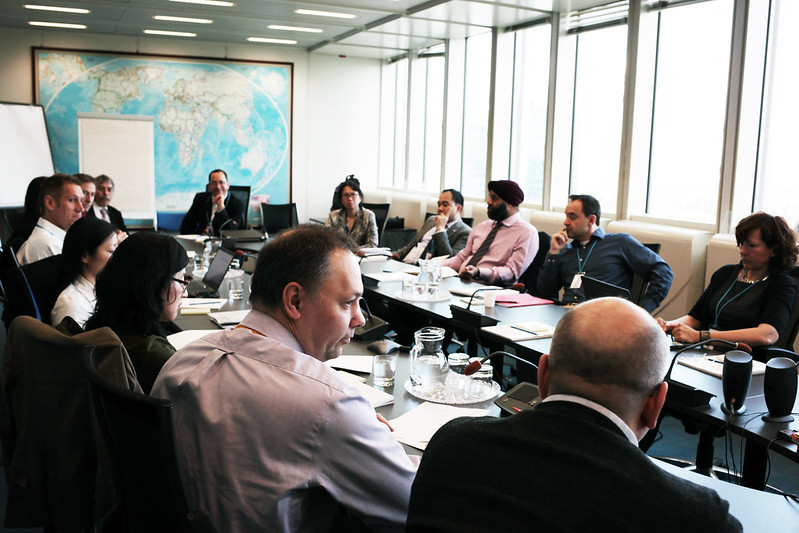An essential element of statehood is the occupation of a territorial area within which State law operates. Within a defined territorial area, jurisdiction is exercised by the State over persons and property to the exclusion of other States – this is the concept of “territorial sovereignty” (Island of Palmas Case, 1928). Within its area of territorial sovereignty, a State exercises authority over its internal affairs and controls movement across its external borders. Border management functions are exercised by immigration and related agencies according to migration legislation, including international norms and human rights law to which the State has committed. Among other things, sovereignty confers on a State the right to impose rules regarding the entry and conditions of stay for foreign nationals, subject to its international obligations, to issue permits and visas and to levy fees.
In some countries, national borders encompass diverse populations with distinct languages, ethnicities or traditions. For example, some borders divide people of the same ethnicity and language, thus posing challenges for border management. There is also the issue of nomadic populations.

